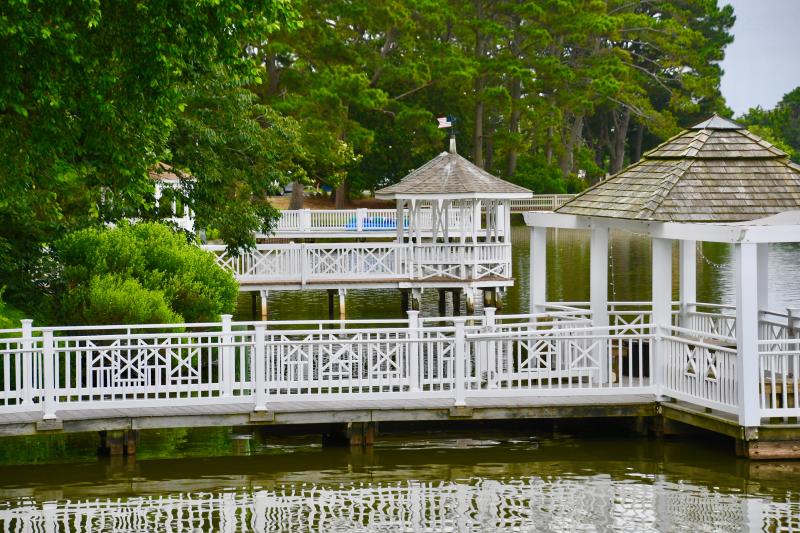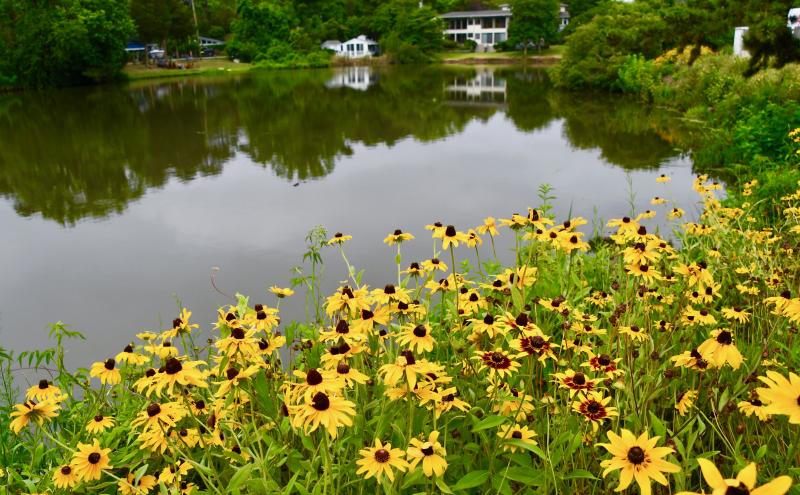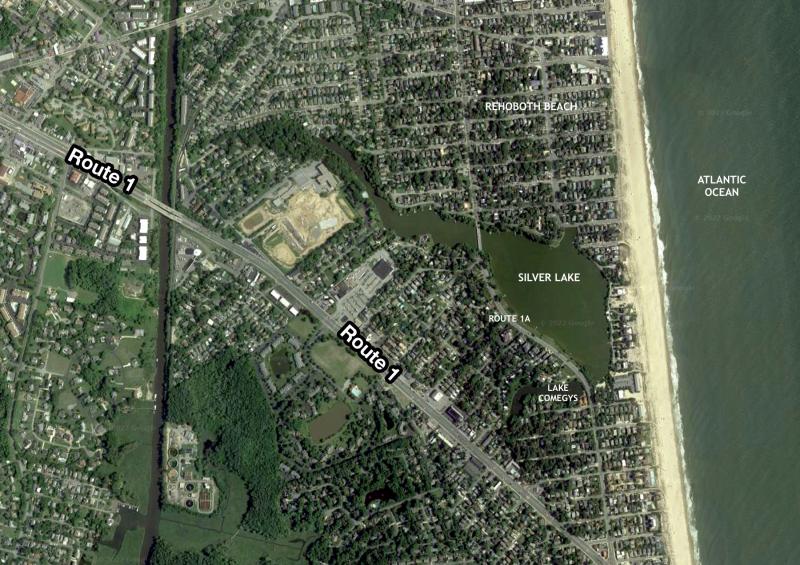A tale of two lakes (or are they ponds?)
Writing about the history of Sussex County is like walking on a high wire with all of the experts looking up at me waiting for a slip-up and fall. Actually, it's great to get feedback from those in the know.
A recent email regarding natural ponds sent me on a mission of discovery to find the answer to the question: Are ponds and lakes the same thing?
All of the historians and scientists I've spoken with say there are no natural ponds in Sussex County. As was stated in a July 1 column, Sussex ponds are man-made and were created to provide water power for grist mills.
Mary Peck, a Delaware Nature Society board member, pointed out that there are indeed two natural ponds in Sussex County. She said Silver Lake and Lake Comegys in Rehoboth Beach are natural freshwater ponds, and the state Legislature recognized them as natural treasures as “the only freshwater lakes in Delaware and the closest freshwater lakes in the nation in proximity to the Atlantic Ocean.”
Their names include the word lake, but are they ponds?
While the terms are used interchangeably, there are differences.
Writer Michelle Stacy provides a great perspective on those differences in a story on the website a-z-animals.com.
She offers the following steps to tell the difference between a lake and pond:
• Depth: A lake is generally deeper than a pond
• Shape: A lake also tends to be more of an oval shape with peninsulas, while ponds usually have rounded edges
• Nature: Lakes are mostly freshwater but can contain some amounts of saltwater, while ponds are freshwater.
Go to: a-z-animals.com/blog/lake-vs-pond-the-3-main-differences-explained.
So, are there natural ponds in Sussex County? There are natural lakes, for sure.
The history of the two lakes
As a sidebar to this mission of discovery is the fascinating story behind Silver Lake and Lake Comegys.
The history of the lakes includes pirates, Native Americans and the War of 1812. Lake Comegys and Silver Lake are natural freshwater remnants of receding glaciers from the last ice age. Both lakes are fed by runoff and underground springs.
Since 1933, the two lakes have been designated as state bird refuges.
The two lakes were originally one lake, but were separated in the early 1800s when pollution from a tannery resulted in the much smaller Lake Comegys being formed to contain the pollutants.
While Silver Lake is known today for the high-priced beach homes along its shoreline, the area was first inhabited by the Nanticokes who had summer encampments around the lake. Over the years, many Native American artifacts have been found along the lake's shores.
The 45-acre Silver Lake has had its name changed four times since the 17th century. It was named Rhodes Pond in the 1670s when the John Rhodes family began to purchase land grants around its shores. In the late 1700s, it was changed to Lake Newbold, then in the 1800s, it changed to Lake Charles. In the 1920s, it was changed again, this time to Silver Lake as part of the promotion of the Rehoboth Heights development.
The two lakes are the closest freshwater lakes in the nation in proximity to the Atlantic Ocean, so in colonial times, ship captains stopped off the coast and sent crews to fetch freshwater from Silver Lake. It was also a stopping point for pirates sailing along the Atlantic Ocean. To keep those pirates from coming ashore, armed men from Lewes were sent to the Silver Lake area.
During the War of 1812, Col. Samuel Davis, commander of the defense of Lewes, led a crew to block access to Silver Lake to keep freshwater out of British hands.
Save Our Lakes
The lakes are managed by Save Our Lakes Alliance3, a local nonprofit organization formed in 2004. The group has done a tremendous amount of work to not only create more awareness of the ecological importance of the lakes, but to also create a master plan, and work with city and state officials to protect the lakes. Members have been instrumental in getting a new spillway to control water levels, dredging the west end of Silver Lake, and developing a set of criteria for a 10-foot, no-mow zone and a living shoreline along the lake.
The association was also able to help answer a longtime lingering question. Who owns the lakes?
After years of local and state governments denying ownership of the lakes, the alliance presented research to support state ownership. Delaware’s solicitor then declared that the state owns the lakes, and the Department of Natural Resources and Environmental Control is the agency responsible for their management.
On Aug. 25, 2014, the association and local and state officials unveiled a historical marker along Route 1A, which links Rehoboth and Dewey beaches, to officially note the importance of the lakes.
Today, Silver Lake and Lake Comegys are prime areas for bird watching and building nice homes. The iconic white gazebos and docks along the shoreline have become a symbol of Rehoboth Beach – and they are also a great location for photos. The photogenic Silver Lake bridge is a popular crossing for walkers and bicyclists.
Lake Gerar
Not to be forgotten is Lake Gerar, a 15-acre freshwater lake in the northern section of Rehoboth Beach. The area around the lake contains a playground, trails, a fishing pier, and the city's Italian garden, Navigator's Park, is located at the west end of the lake.

























































